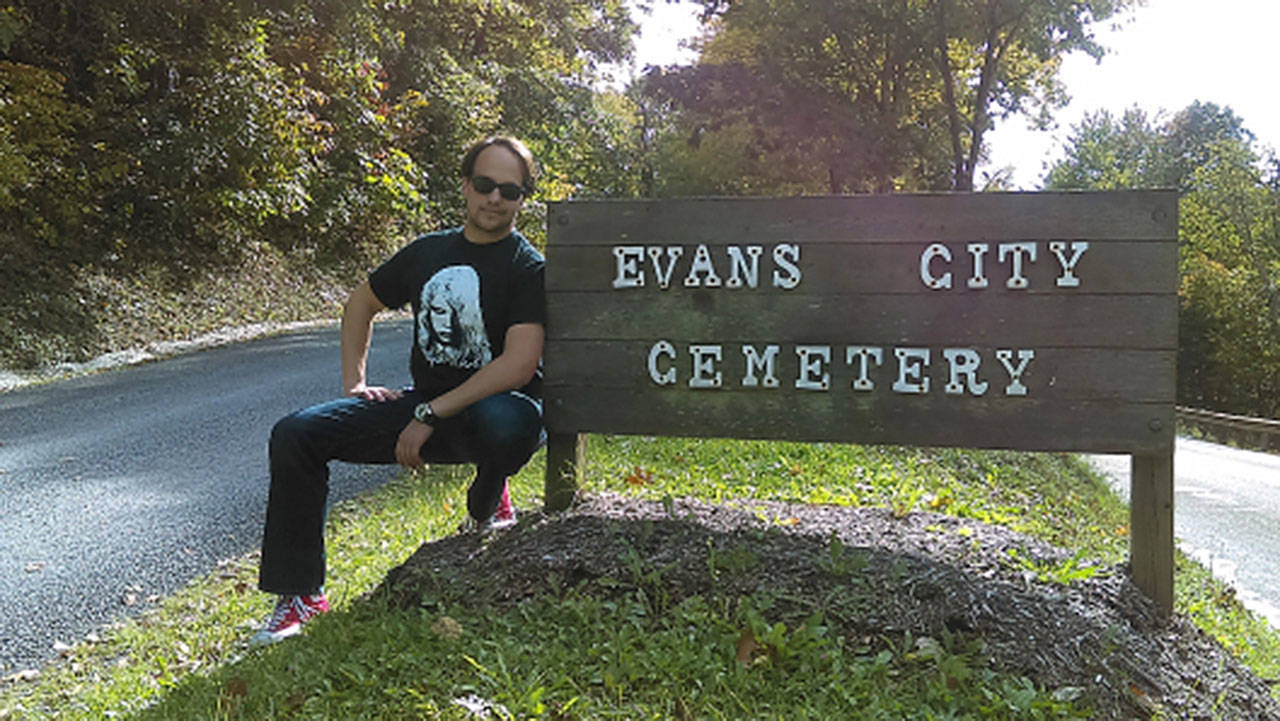The recent passing of renowned filmmaker George A. Romero has been a strangely poignant event for me. I’m usually pretty indifferent to celebrity deaths, even those who I’m a fan of (Robin Williams aside, I was mess after that news broke). But this one’s nagging at me. I can’t help but feel we really did lose something important here.
I’ve been a fan of Romero’s work since I was a kid — and probably too young a kid, at that. I saw “Night of the Living Dead” at an inappropriately tender age and it terrified me in exactly the right way. I couldn’t get enough.
In elementary school, my friend Robbie and I used to organize the other kids into camps of “survivors” and “zombies” and play “Night of the Living Dead” at recess. He and I always ended up vying for the honor of being the Last Man Standing, trapped up in the little playhouse at the top of the slide, pointing invisible rifles down at the giggling swarm of pint-sized ghouls below and making shooting noises with our mouths as they strained to get at us.
They just wouldn’t stay dead.
That seems like a totally different world now — and I’m not even 30-years-old. Can you imagine a teacher’s reaction to that game today? But it was a different time, and you couldn’t find a more receptive location.
I’m from Western Pennsylvania, you see. And I’ve walked the among the movie set. I realized way back then, at the perfect time in my life: Oh, he did that here. They made that movie right here. Movies aren’t some crazy alien thing that come from faraway places. It happened right here in my boring little home town. Maybe I can do something like that too…
I’ve been to the “Dawn of the Dead” mall. I’ve been to the “Night” cemetery, twice. I actually met some of the cast at the Pittsburgh Comicon years ago. Mrs. Cooper is really nice, and so was little Karen, all grown up. I met the stars of “Dawn,” too. I’ve been to Fright Night at Station Square. I’ve met Tom Savini, and he’s as cool guy as you think he’d be.
What Romero and company taught me is that I could write and create and do whatever I wanted wherever I was. Years before the so-called indie flick conquered Hollywood, and auteurs like Kevin Smith and Quentin Tarantino were crowned champions of the new, hip cinema, Romero and some plaid shirt-wearing, working class folks from Steel City picked up a camera and said, “Why not us?”
It’s a lesson I know that many took from the man. It may be a legacy greater than his having created the modern zombie. In fact, I think it’s probably the one he would prefer. Because Romero was a man ahead of his time. Watch “Martin.” Watch “The Crazies.” He saw today coming nearly half a century ago. But, of course, that’s not enough.
It’s like Merlin tells King Billy in Romero’s tragically under appreciated 1981 flick “Knightriders”:
“Some things is just sure to happen. Seeing ‘em comin’ ain’t nothing to get excited about.”
And the Zombie King knew that. He knew you have to write it down, point a camera at, let people know — let them know before it’s too late.
Romero knew the importance of having a fighting chance, and he understood, like King Billy himself said: “You taught me too good, magician. You taught me to believe. That black bird’s gonna get me.”
And, of course it is. It’s going to get us all in the end.
Romero knew that too. No thing is forever. He knew he wasn’t special; just another one for the fire, as it were.
But the work lives on. And so do the lessons.
Romero’s influence in the horror genre, filmmaking in general and American culture is only just now really getting the attention and respect it deserves. Across the internet, memorials have been written and shared. More are being written, I’m certain. I especially enjoyed Ignatiy Vishnevetsky’s piece for the AV Club’s “What Are You Watching?” – “The Rust Belt horror of George Romero.”
Tweets, posts and texts are being posted, sent and shared. New moviemakers are picking up cameras or sitting down to knock out a screenplay with images of Romero’s design in mind. That too will continue, and the great director’s legacy will rise again and again, down through the years, to shamble and stumble and lurch on into this strange new century and beyond, where we will surely need him, and those of his ilk, more than ever, ready and psyched for the chance to tear the guts out of everything you thought you knew.
This is just one more such tribute, just one man’s two cents on the subject.
Just another one for the fire.
Long may it burn.



